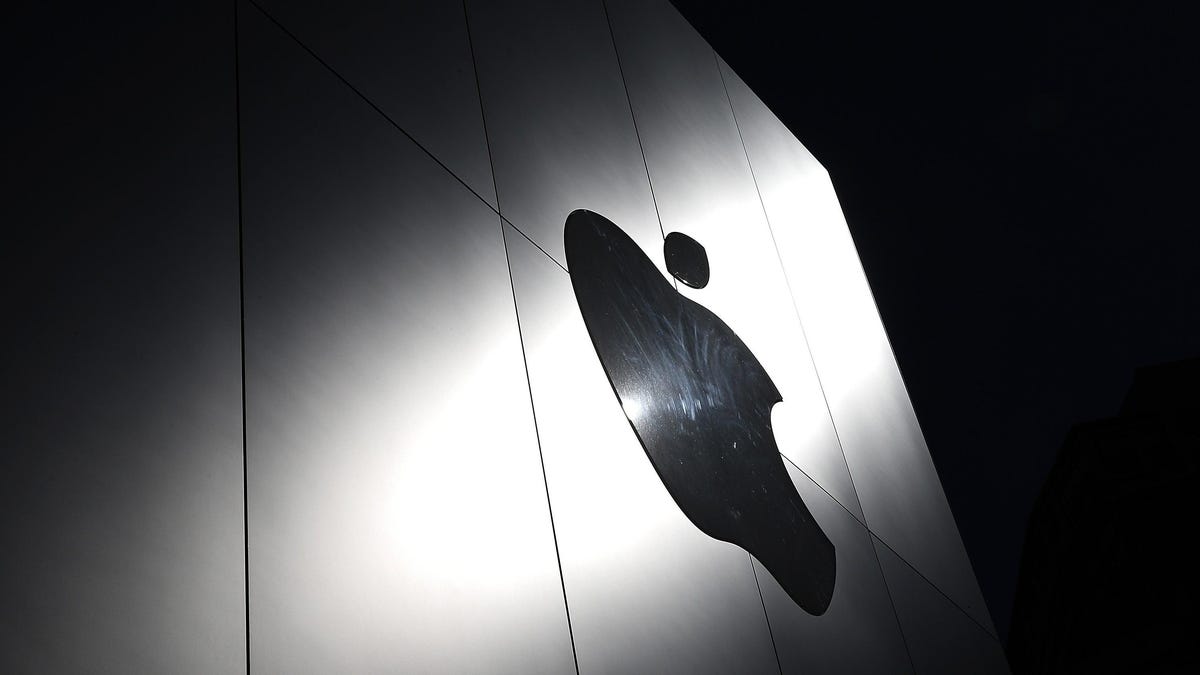iOS 10 signals the end of the line for a number of very popular iOS devices — specifically the iPad 2. But if you’re not ready to spend the money on an upgrade iPhone or iPad just yet, here’s how you can squeeze some extra life from the device.
There are two enemies facing your now obsolete device:
- Security vulnerabilities
- End to app updates as developers abandon the old operating system
The bottom line is that as time goes on, your system will become insecure as new vulnerabilities go unpatched, and as the months roll on, the system will get more and more vulnerable until you’re skating on thin ice.
So, what can you do?
See also: These iPhones and iPads will all become obsolete on September 13
Well, first off, if you’re not running the latest version of iOS 9 — which is iOS 9.3.5 — then download and install this now. This was only released three weeks ago and patched a serious vulnerability. Doing this will buy you some time.
While you’re at it, make sure that your apps are updated. This doesn’t do much to protect you against security issue, but at this point every little bit helps.
The end to iOS updates means that built-in apps such as Safari and Mail will no longer receive updates, and running outdated web browsers and email apps is a bad idea. You might want to start shifting to third-party apps (yes, I know this is a hassle, but this is the work you have to put into keeping your device safe).
If your Wi-Fi router has a “guest network” feature, then consider setting this up and only connecting your obsolete device to this, because it will go some way to preventing any security vulnerabilities on your device from giving hackers access to other devices on your networks (although this is far from perfect and can cause some features — such as streaming to another device — to stop working).
Since a common route for vulnerabilities is web browsing, it might also be worthwhile to install a VPN tool that offers the ability to filter out harmful websites (such as Freedome).
Problem is, none of this beats getting operating system patches, and it’s only a matter of time until some show-stopping vulnerability comes along that leave your device wide open. At that point, you’re reduced to just hoping you’re not hit.
And then you’re on your own.
Now you might think that I’m being alarmist here, and point to the many millions of Android users out there who are happily surfing the web and doing their banking from a device that might never have seen an update.
Shouldn’t they be taking precautions too?
Well, really, yes. Yes, I believe they should, and is the reason why updates are at the top of my priority list when considering a new Android device.
Remember, I’m not telling you what you should do — feel free to do whatever takes your fancy — the steps above are what I’d consider the minimum that I would do if I had to run an outdated iOS device.
Am I being overcautious? Maybe. Again, only you really know what your data is worth. You might not care about it (or maybe you only use your device for casual web browsing and such), in which case keep on doing what you’re doing.’
[Source:-ZD net]





